HANNIBAL
Directors Junior Mthombeni and Michael De Cock unite a megacast bursting with talent and contemporary music producers giving Dido and Aeneas by baroque composer Henry Purcell a turn. Grand, generous and groundbreaking.
Classical live musicians and artists reinterpret Purcell. Together they bring the story of Hannibal, the Punic wars, and the birth of Europe. In the third century B.C., the Carthaginian commander Hannibal Barca started his vertiginous journey: he led his troops through Spain, France, and Italy, in a quest that shook the Roman empire’s very foundations. Hannibal ad portas!
The Punic wars, a metaphor for all the wars that are being fought today in an ever-changing, terrifying world. Hannibal offers a lens through which we can explore the confrontation between old and new. The traditional European culture is, according to some, under pressure from the hyper-diverse modern Europe. The idea that barbarians are once again at the gates, ready to erase our European history – however absurd – appears to rear its head again. That is why Hannibal, using a unique synergy between opera and slam, contemporary dance and acting, offers a window through which to view the past, present and future of Europe. The creators use the opera Dido and Aeneas as their point of departure, a work set against the backdrop of the mythical origins of the conflict between Europe and North Africa.
In Hannibal, artists from Africa and Europe combine contemporary video and projection techniques with traditional live painting and acoustic instruments. Performed by many, following a shared heartbeat. Featuring mezzosoprano Raphaële Green, singer Gala Dragot, harpist Jutta Troch, actors Marios Bellas and Alix Konadu, dancer Zach Swagga, visual artist Elke Gijsemans, Justine Bourgeus (Tsar B), Abel Baeck (NO LABEL) and many others. Several of the artists are part of the SOCHA collective, a joint project by Junior Mthombeni and Gerardo Salinas. The artists are accompanied by the Cassandra Choir, the engaged amateur choir of La Monnaie, conducted by Laurence Renson.
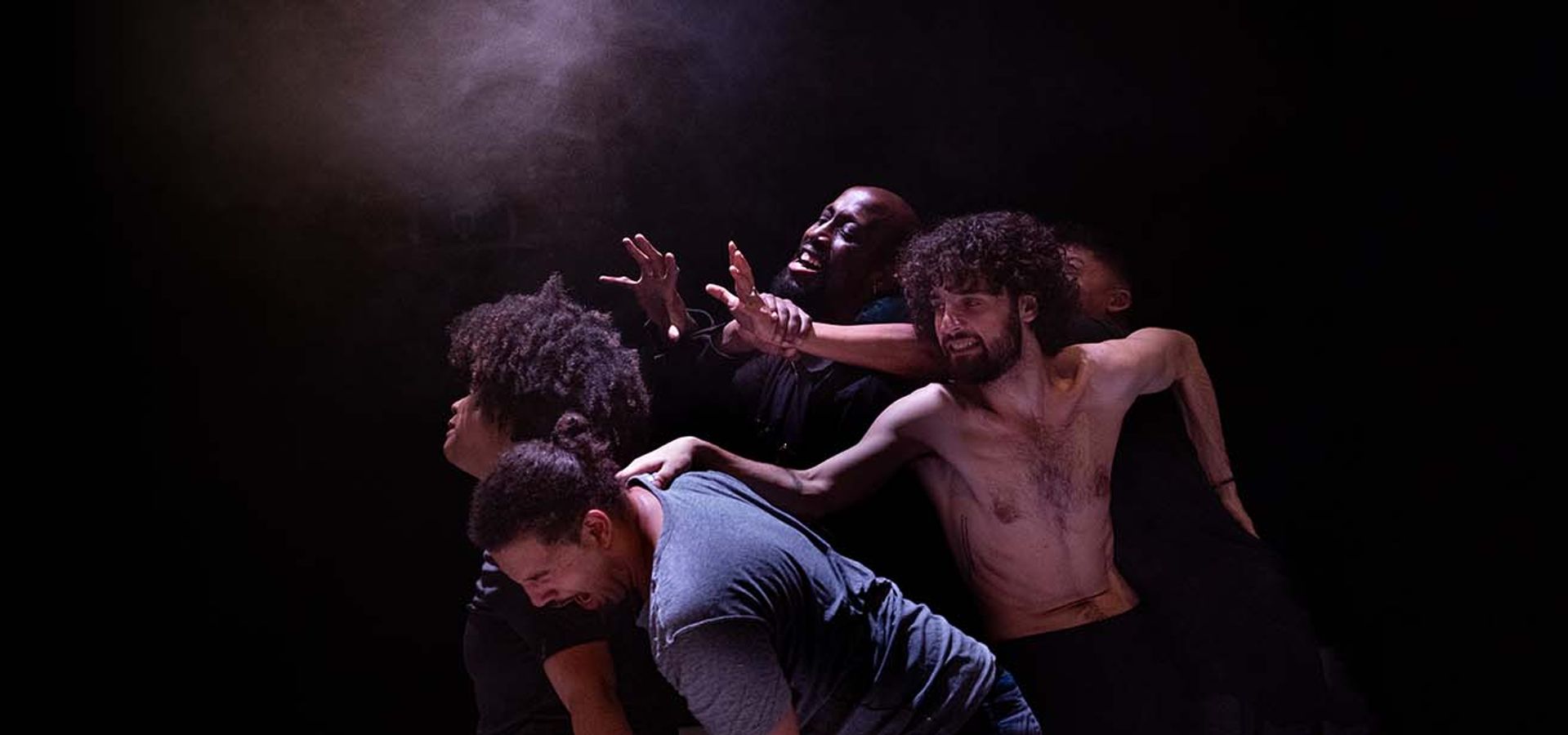
Hannibal: Who, Where, and When?
Hannibal Barca was born in 247 BC in Carthage, a city-state in present-day Tunisia. The city was founded by Queen Elissa, known as Dido in Latin. Dido came from Tyre, a city in Lebanon.
Hannibal's native language was Phoenician, spoken by the Phoenicians, the people who migrated from the region of present-day Lebanon to Carthage. The Romans referred to them as the Punic people, spoke of the Punic language, and called the wars waged from Carthage the Punic Wars.
At a young age, Hannibal moved to Carthagena, a city along the Spanish coast, where the foundation for his steadfast character and military strategy was laid. Hannibal's father was Hamilcar Barca, the commander of the Carthaginian army during the First Punic War. Hamilcar died during a campaign in Spain when Hannibal was just 18. Although it was customary for the eldest son to succeed his father, Hannibal was too young to lead the army. His brother-in-law Hasdrubal the Handsome took command until Hannibal was old enough. Eventually, at the age of 26, Hannibal became the commander of the Punic army and waged the Second Punic War.
The Punic Wars were fought between the cities of Carthage in North Africa and Rome in Northern Italy for control of the Mediterranean. The Second War directly stemmed from the first. After his father's death, Hannibal took command of the troops and led them to several victories until he was almost at the gates of Rome. From Cartagena, the expedition began across the Alps toward Rome. Hannibal was about 29 years old at the time.
The Second Punic War began over a dispute about the city of Saguntum in Spain. Although the city was technically under Carthaginian control, the Romans had formed an alliance with Saguntum. In Carthage, the pacifist leaders lost their influence, and Hannibal was given permission to act against Rome. In 219 BC, Hannibal besieged Saguntum. When the city called for help, the Romans demanded Carthage stop, but Carthage refused. Only after the capture of Saguntum did Rome declare war on Carthage, prompting Hannibal to start his campaign to Italy to defeat the Romans in Rome.
Departing from Spain with a genuine mercenary army and 37 elephants, Hannibal achieved significant military successes in Italy, first near Lake Trasimene and soon after at the Battle of Cannae. Despite Hannibal's grand victory at Cannae, no peace treaty was made with Rome. Was it due to Hannibal's insatiable ambition? Or did it have to do with his unreliable mercenaries?
After the bloody Battle of Cannae, Hannibal hesitated whether to march directly to Rome. He fell into a state of paralyzing doubt while his soldiers were exhausted. Eventually, Hannibal returned to Carthage, where he received no additional military support. Rome, on the other hand, continued to send well-trained soldiers with proper equipment. Scipio Africanus ultimately defeated Hannibal at the Battle of Zama, near Carthage. Scipio Africanus was Hannibal's equal and opposite: a similarly great military genius but shaped by the strict hierarchy and discipline of the Roman army. Calculating and proud, he eventually forced Hannibal and Carthage to their knees.
After the defeat at Zama, Hannibal returned to Carthage, but received no additional support from his city. Rome continued to send trained soldiers, preventing Hannibal from continuing his fight. To escape the Romans, Hannibal fled into exile in Libya (modern-day Turkey). Despite his immense strategic skills, he remained constantly on the run and had to hide.
In the final years of his life, Hannibal faced the ever-growing threat from the Romans. He chose to die rather than fall into Roman hands and drank from the poisoned chalice.
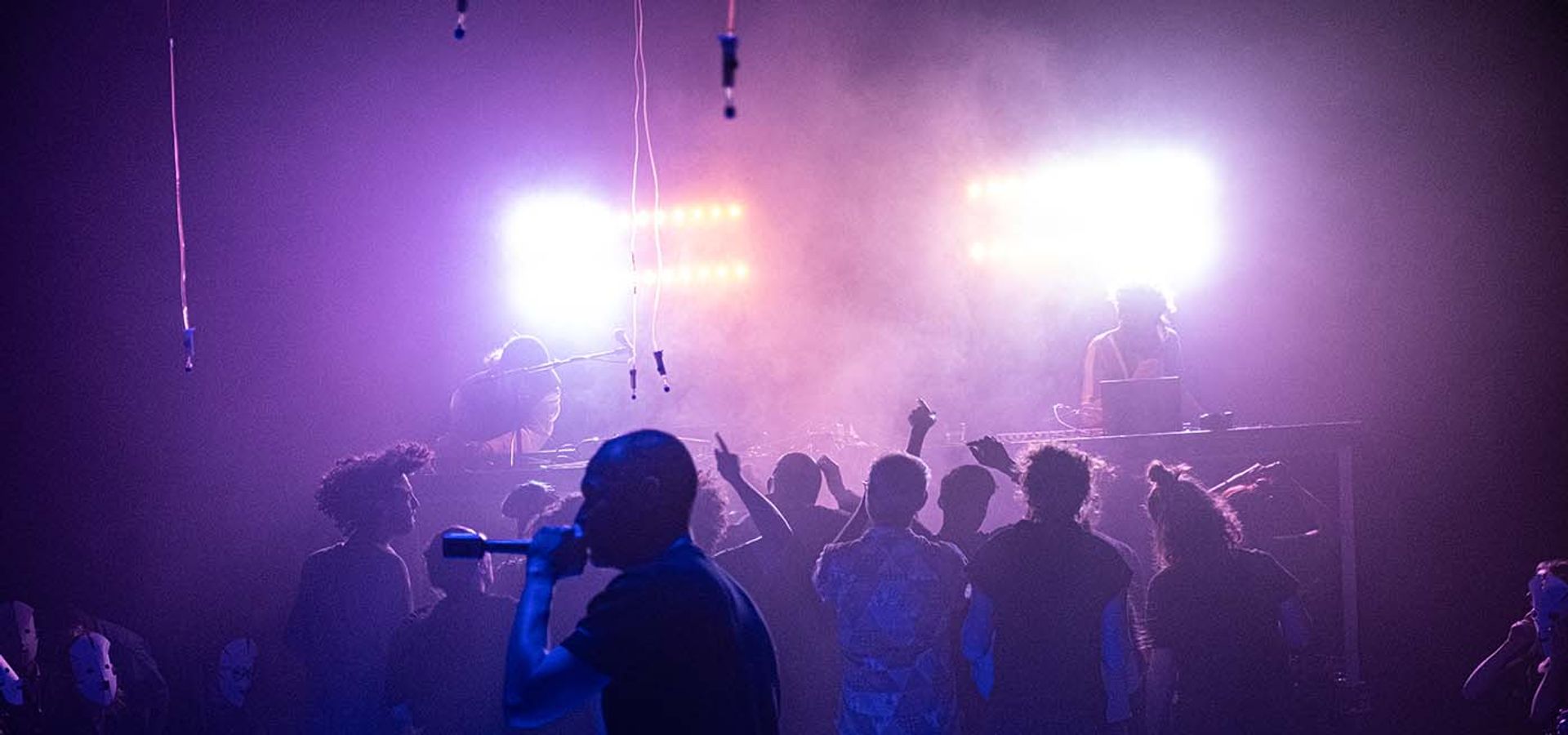
The Story of Dido and Aeneas
(and How Hannibal Fits In)
According to legend, Dido is considered the founder of Carthage after fleeing from Tyre. The male leaders received her condescendingly, granting her land "as much as an ox-hide can encompass." But Dido was clever. Throughout the night, she cut the hide into nearly invisible strips, which she then sewed together. In this way, she patiently and persistently wove the boundary of her city Qart-ḥadašt or Carthage (= New City). Carthage quickly acquired an important position as a trading post.
Although this legend attributes a significant role to her in the founding of Carthage, there is little historical evidence to confirm her existence. Many historians view her story as largely mythical, likely embellished by later writers to dramatize Carthage's history and its rivalry with Rome.
The myth is further expanded in Virgil’s epic Aeneid, where Dido falls in love with the Trojan Aeneas. Aeneas, a heroic refugee from the destroyed Troy, escapes the total destruction of his city and arrives in Carthage after a long and perilous journey. When Aeneas leaves Carthage to fulfill his divine mission and found Rome, Dido is so heartbroken that she takes her own life. The queen curses Aeneas and prophesies that his descendants will fight wars with Carthage for years. This myth was used to explain the enmity between Carthage and Rome and served as a literary justification for Roman dominance over Carthage.
Dido’s broken heart foretells the Punic Wars between Carthage and Rome and thus the arrival of... Hannibal.
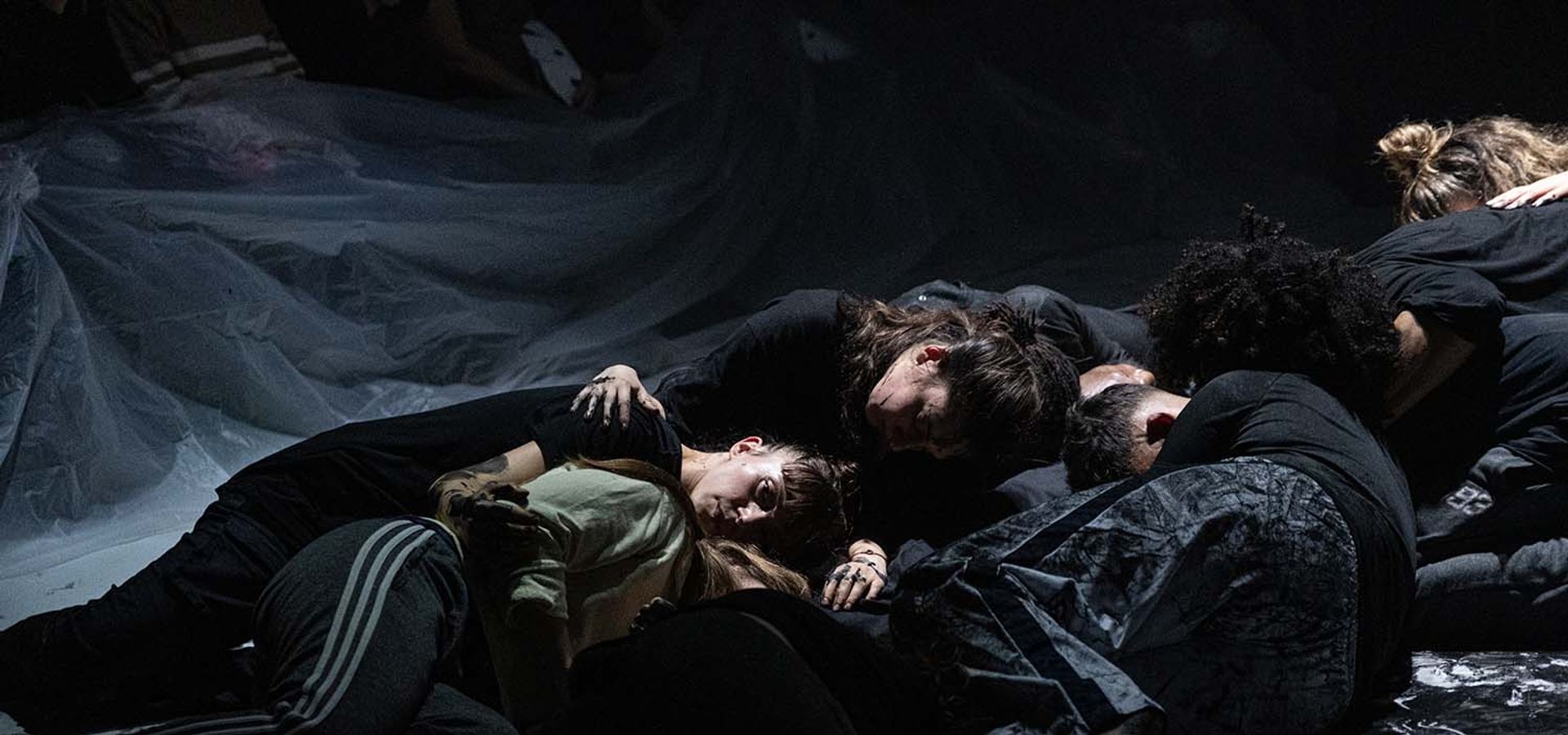
Henry Purcell's Opera
Henry Purcell (1659-1695) is hailed as England’s greatest composer. Born in the heart of London (Westminster), he served as a choirboy in his youth and was later an organist and composer at Westminster Abbey and the Chapel Royal. Purcell composed much church music, including anthems, as well as music for theater, odes for notable figures, and instrumental music.
Purcell was about twenty-five years old when he wrote the opera Dido and Aeneas. It is said that Purcell first performed or tested the piece at a girls' school. All roles, except for Aeneas, were written for girls and were sung by girls, mostly of noble birth.
Most likely, it was Purcell himself who took on the role of Aeneas. The opera’s story of the lovers Dido and Aeneas is far from pleasant, filled with distress and ending in suicide. In terms of narrative, Purcell certainly did justice to the concept of opera: it is typically a drama. Due to its length—only 50 minutes—it is often referred to as a chamber opera or semi-opera.
Purcell wrote a beautiful and moving lament (lamento) for the dying queen, undoubtedly a highlight of the opera: When I am laid in earth.
Discover the Hannibal Spotify Playlist
To get into the spirit, we asked the cast and crew for their musical suggestions—the songs that embody the Hannibal spirit for them. Discover the entire playlist on Spotify.
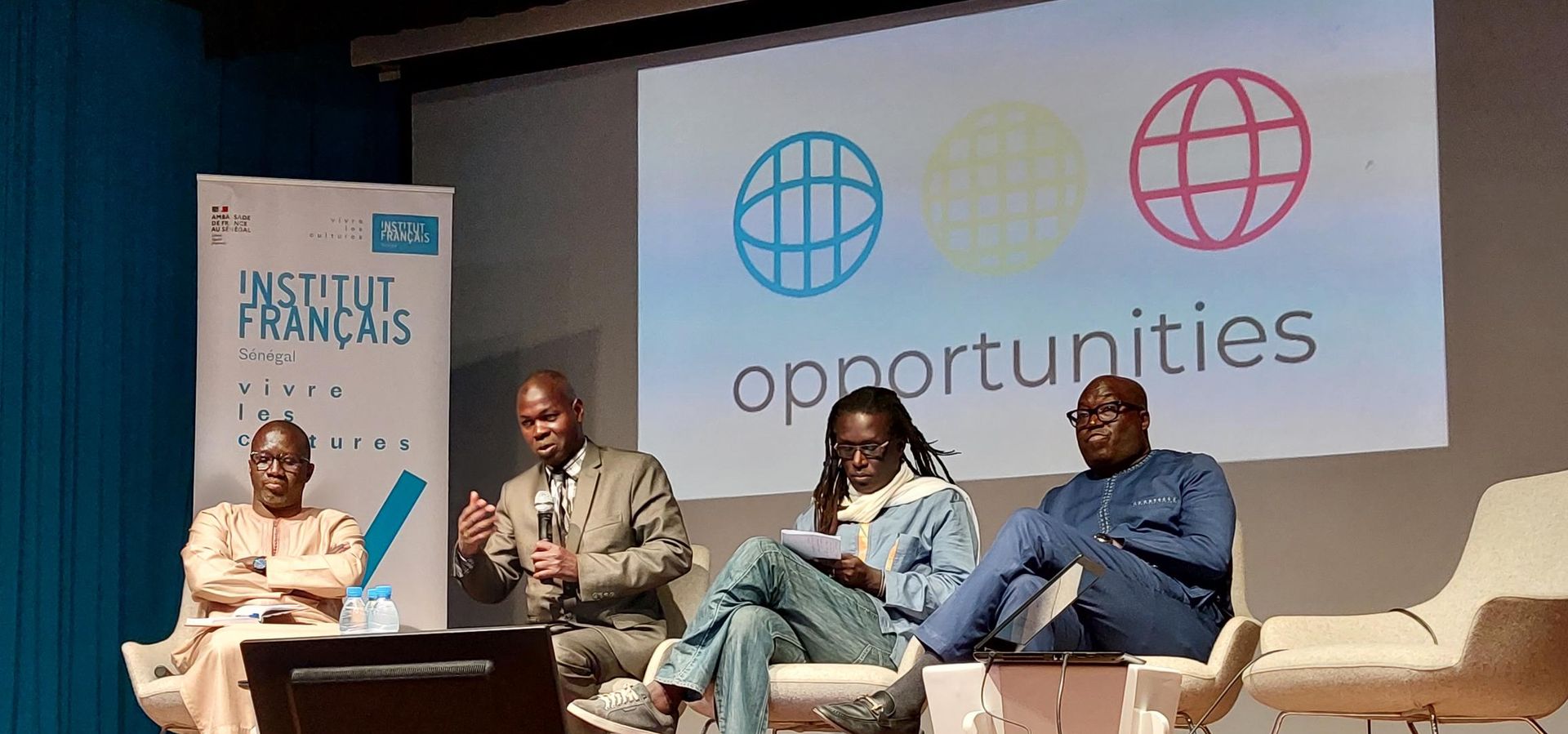
Opportunities
For the past six years, KVS has been part of OPPORTUNITIES, an incredibly interesting European consortium of NGOs and universities working together to think about migration. From Accra in Ghana to Dakar, and from Ghent to Paris... we’ve traveled in search of new ways to interact in an equitable and human manner, avoiding a purely European perspective. These years have been extremely enlightening for all partners, and the end of the project is now in sight. It’s time to let imagination take the lead and tackle reality through art. Indeed, at the end of this journey, KVS will present a production that will be showcased in six (European) countries, in collaboration with both large and small partners within Europe and beyond.
Hannibal is an international collaboration between KVS and Théâtre de Liège, Teatre Nacional de Catalunya (Barcelona), Théâtre National Daniel Sorano (Dakar), and Festival O (Rotterdam). After its world premiere in Brussels, the production will travel to five cities in Senegal, Valchiusella, Rotterdam, and Paris, where it will be performed and reimagined each time with local dancers, actors, and musicians.
At the end of January 2025, OPPORTUNITIES will highlight the various ways in which the level telling field has been utilized: in addition to research work, we will showcase migrant stories, documentaries, TikTok videos, drawings, and more during a collective closing event for the project.
Come listen and actively engage in this equitable dialogue.


Cilab
Did you know… the costumes worn by the performers in Hannibal are made entirely from recycled materials – and thus circular? For this, KVS collaborated with Cilab, a social workshop based in Mechelen. Director Junior Mthombeni and visual artist Elke Gijsemans have been sharing a studio with the circular fashion company run by, among others, Jan Merckx. In 2020, Merckx, along with several others, founded Cilab with the intention of creating new clothing from fabric remnants or other garments. They have now been doing this for four years, serving a variety of clients: from fashion labels to art projects like the sail for Muce (a circular pavilion in Antwerp), a new costume for Manneken Pis (as part of International Repair Day), and a crinkle book for KMSK in honor of the Ensor exhibition.
As Jan Merckx and Cilab shared a studio with Elke and Junior, they observed each other's work with interest, and it quickly became apparent that cross-pollination was possible. The issue of refugees deeply affects both Jan, Junior, and Elke, which brought their work together. Cilab assisted SOCHA (the precursor to Hannibal) by providing suitable – secondhand – clothing for their creation On Fire #03. And now for Hannibal as well, in close collaboration with Marie Szersnovicz, the costume designer for the play, and the costume workshop of co-producer Théâtre de Liège.
Through their circular approach, Cilab aims to challenge the absurd logic of the fashion industry, with new collections in stores weekly – sometimes even daily. These fast-changing trends bring numerous negative consequences: poor working conditions in producing countries, excessive water consumption, transport, and other climate-related problems. Additionally, there is, of course, the social aspect: clothing must remain affordable for everyone, and tailors should be fairly compensated. Cilab strives to raise awareness around circular fashion and aims to bring about change in the fashion industry.
Discover the team
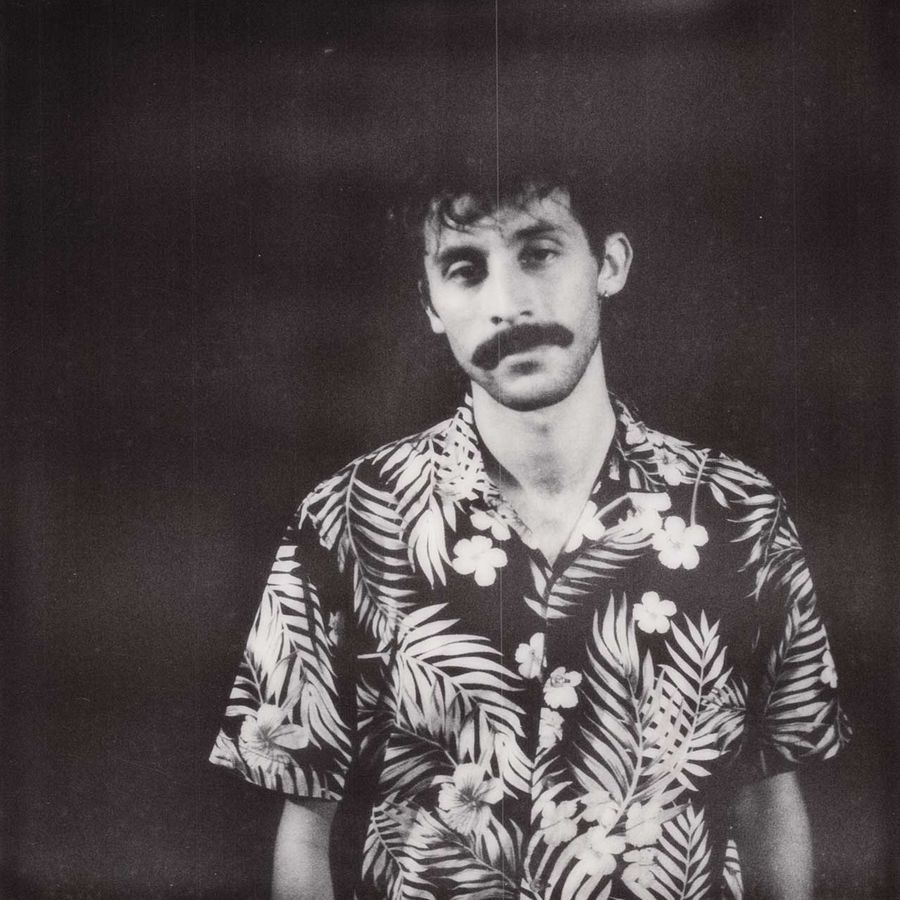
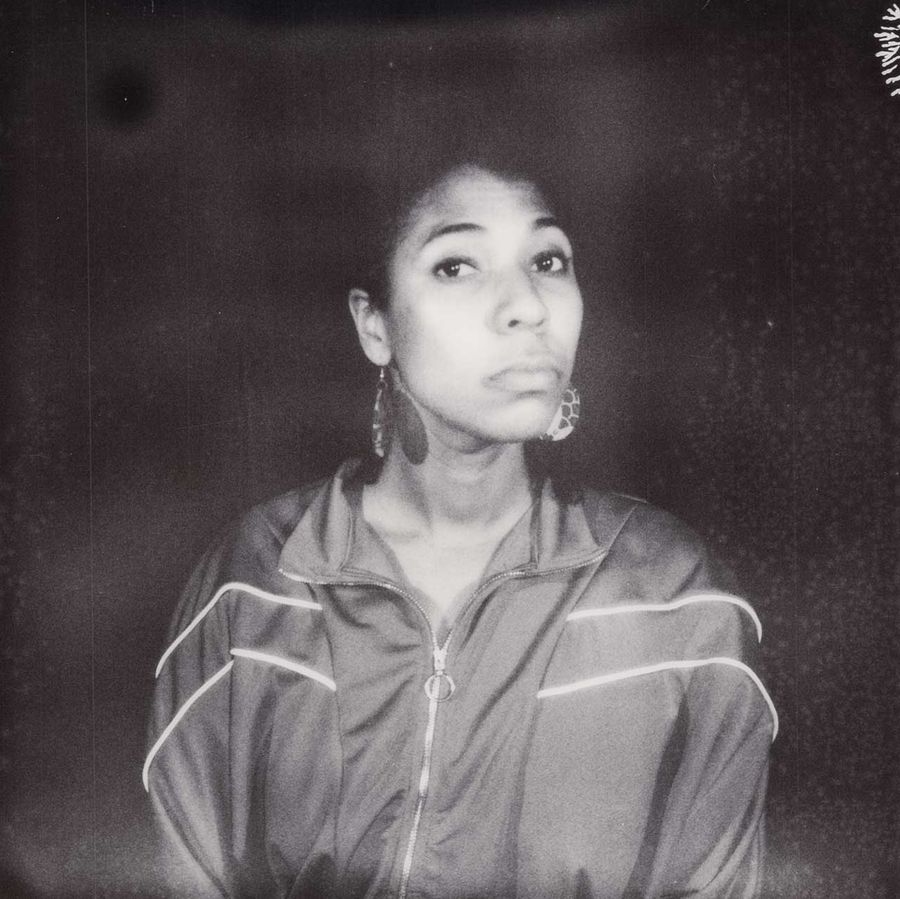
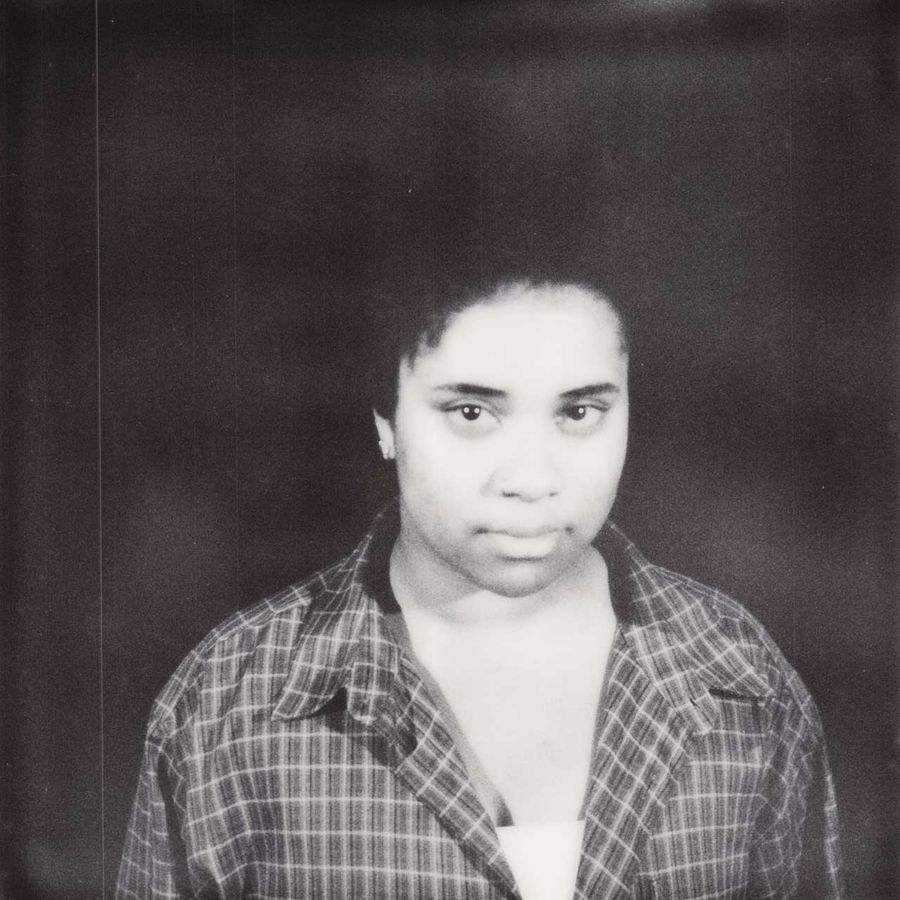
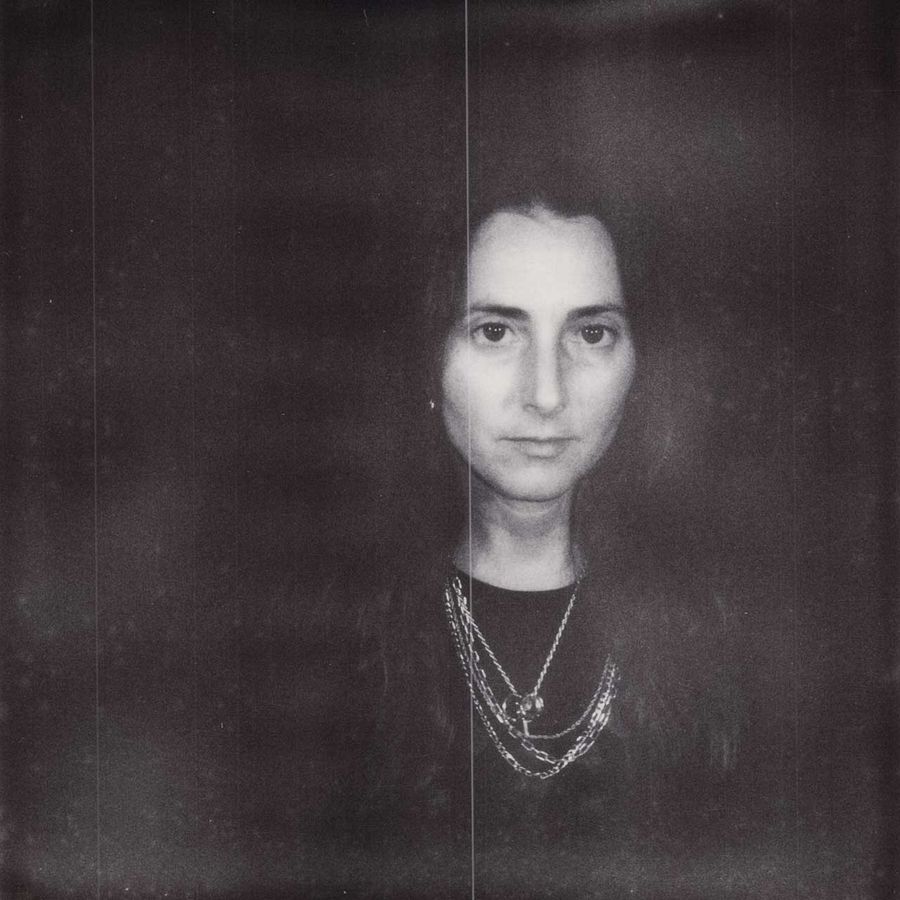


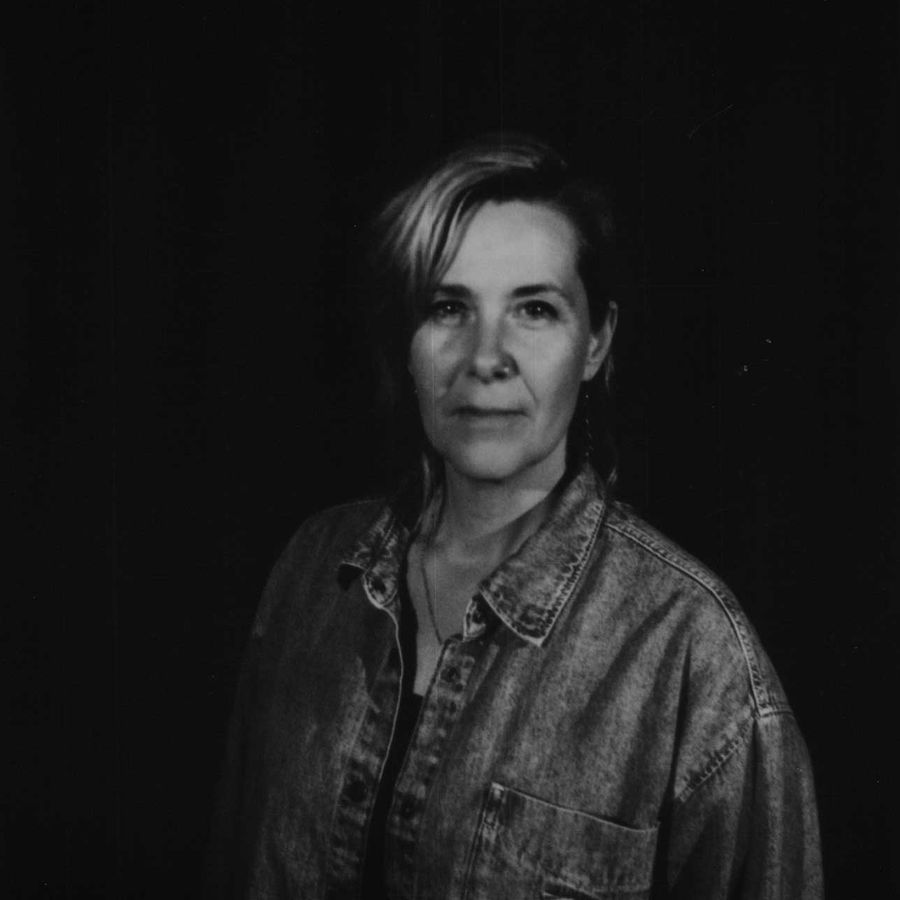
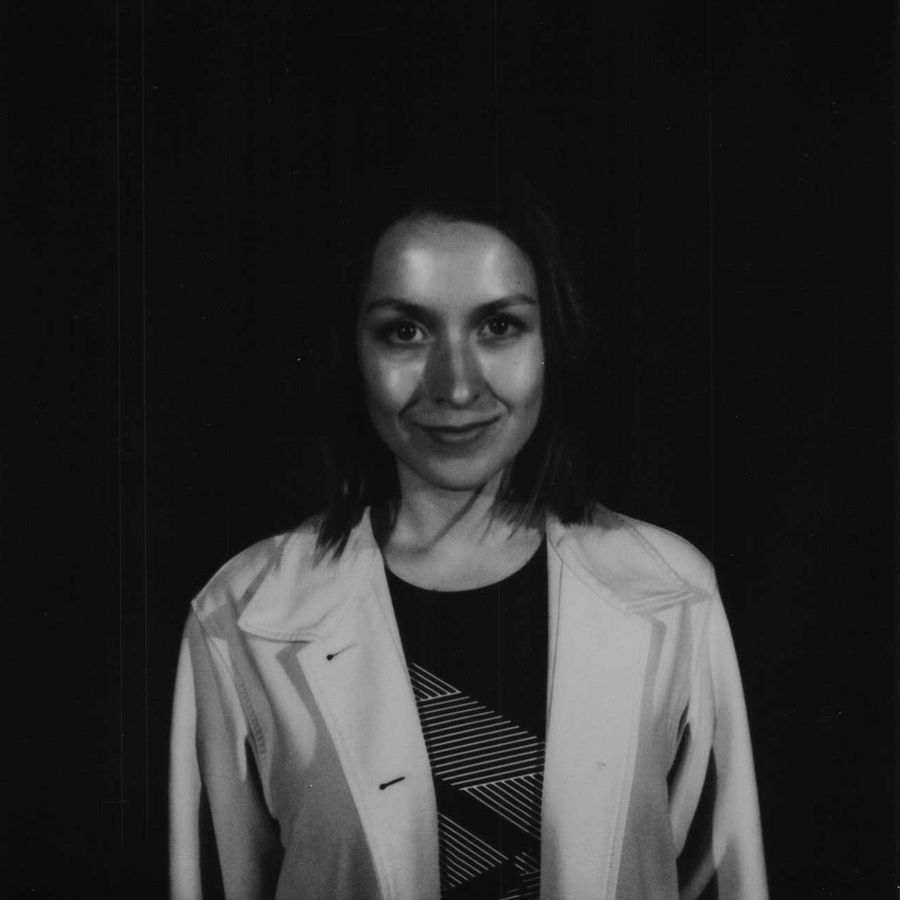
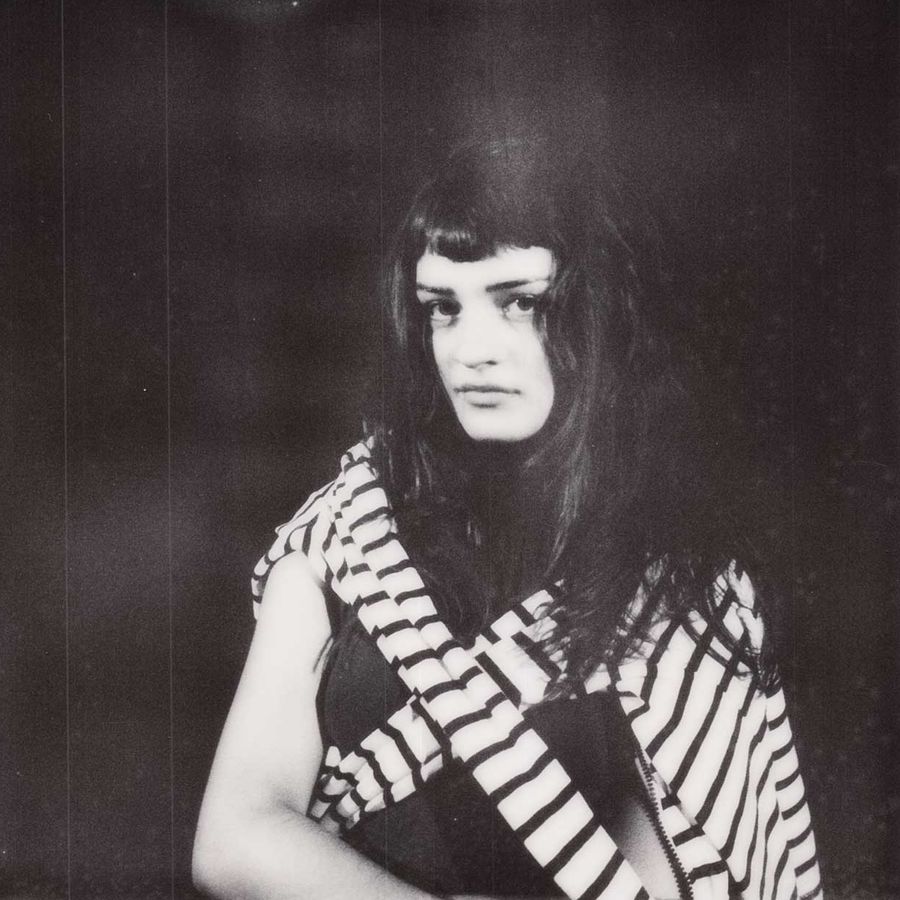
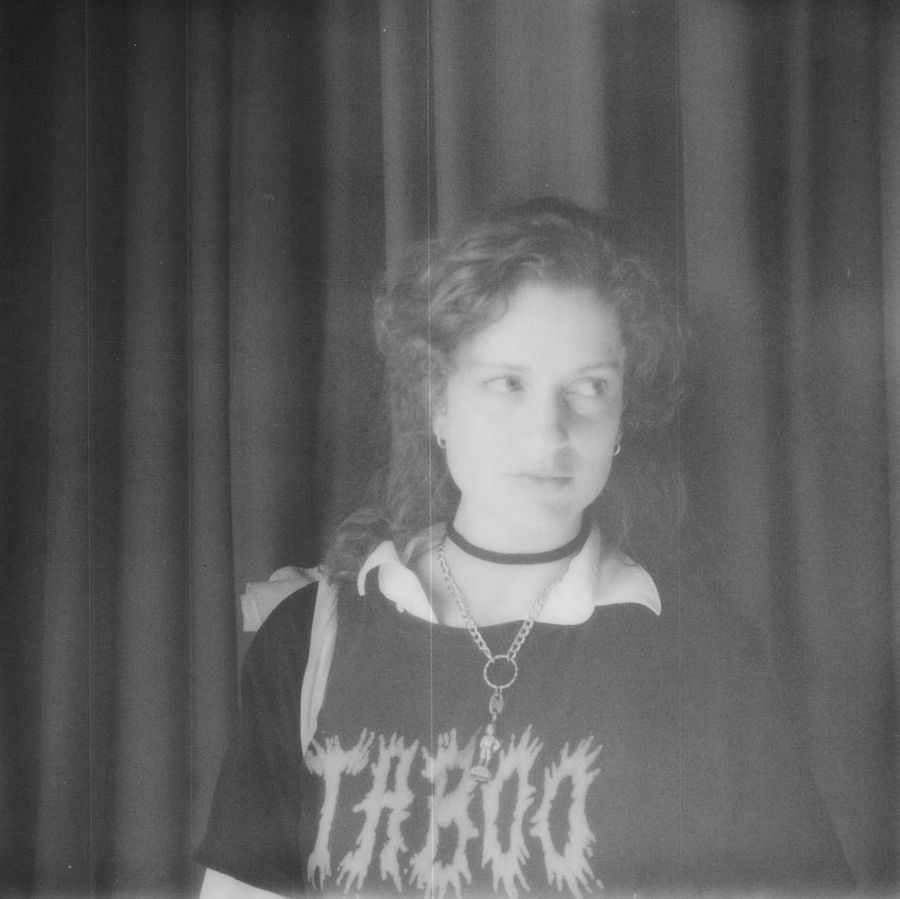
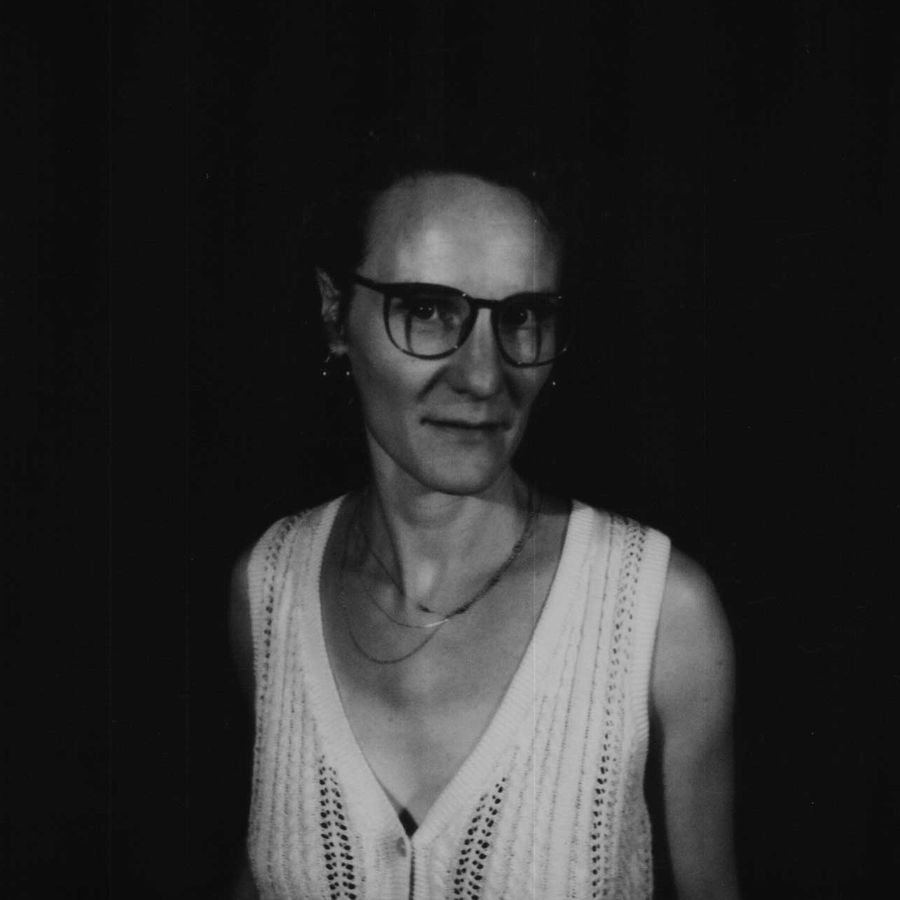
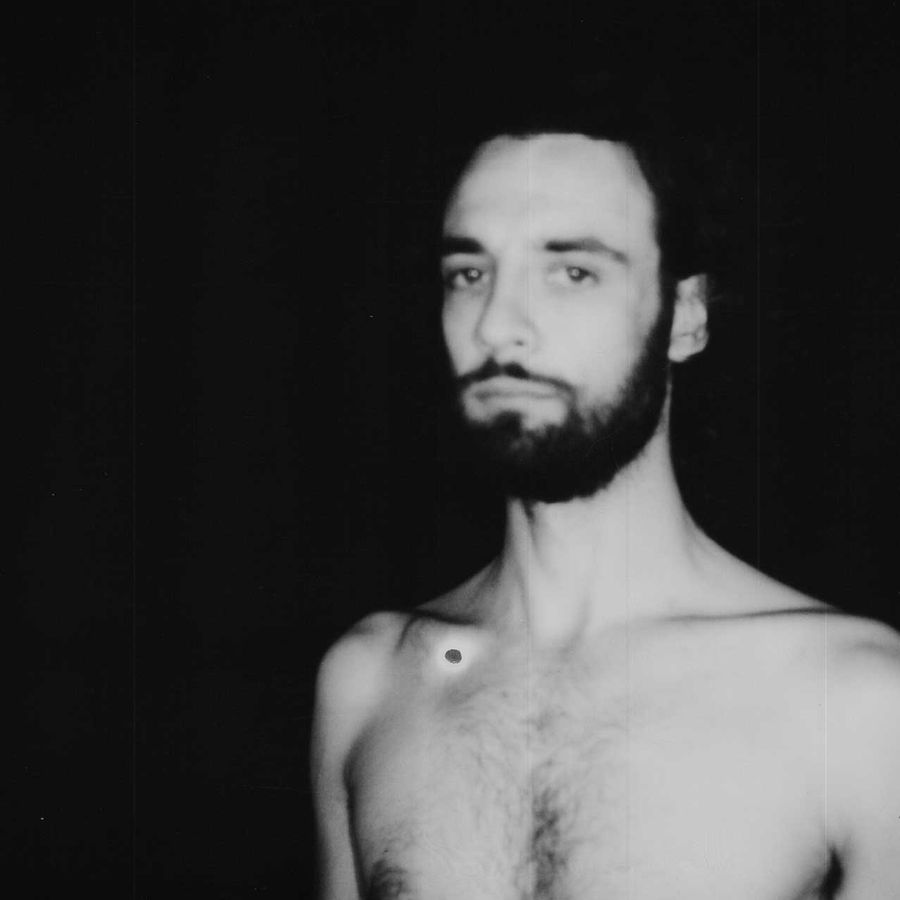
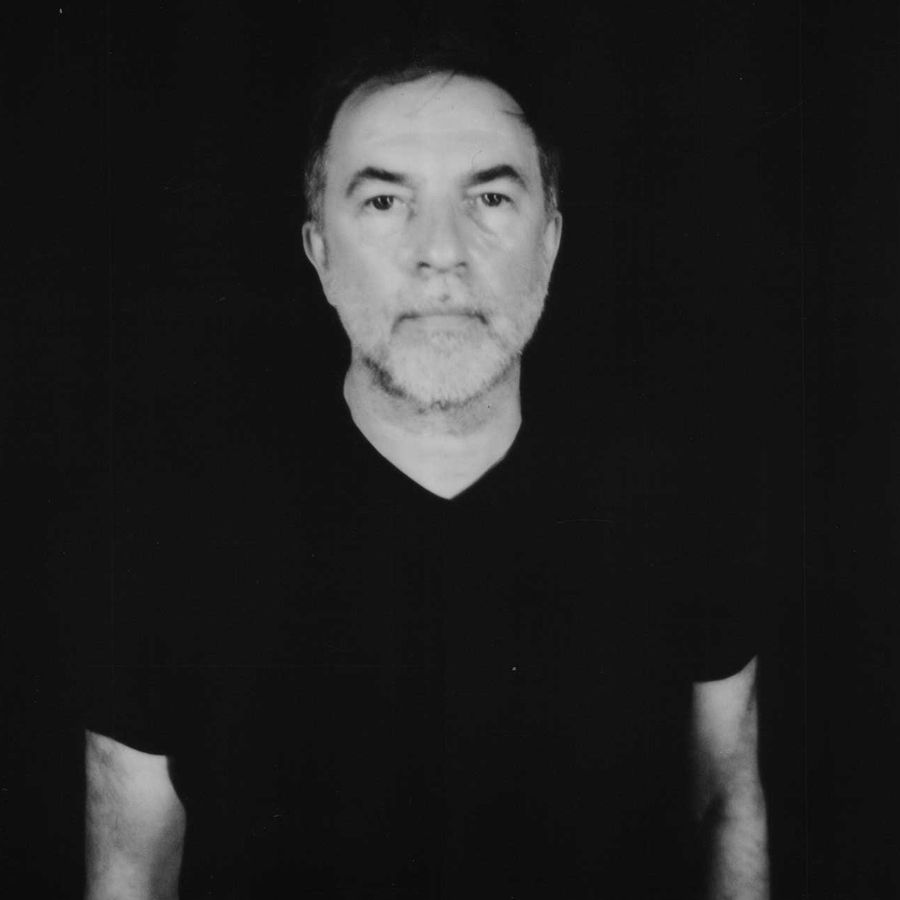
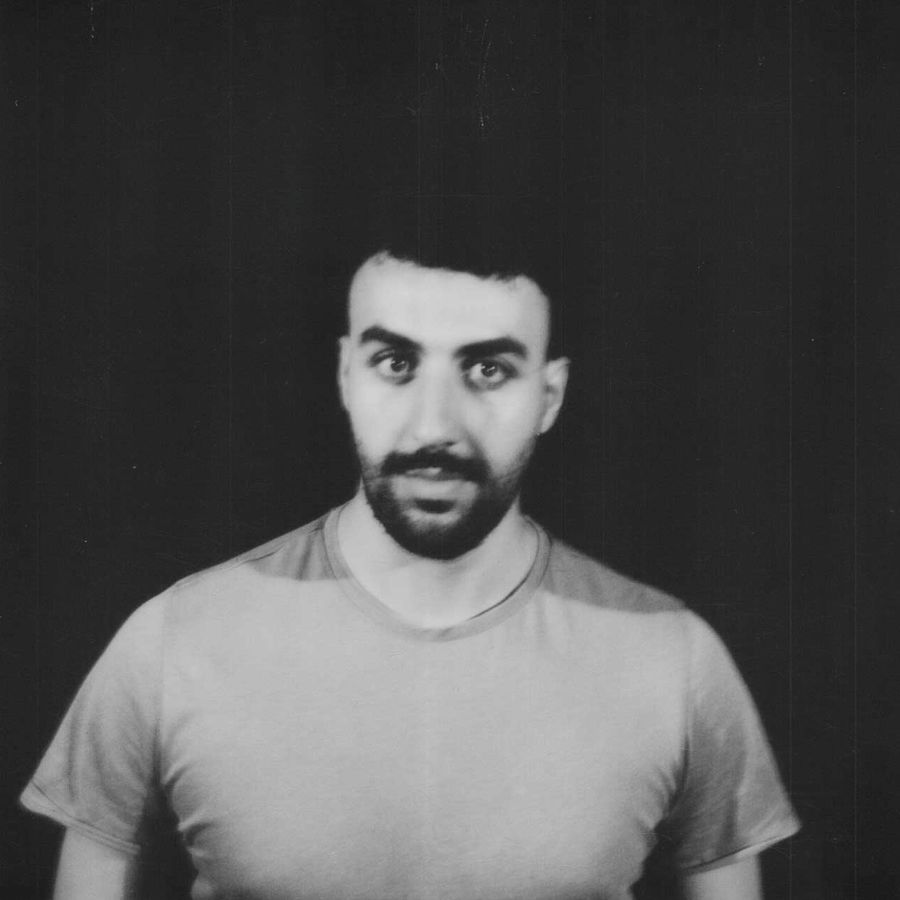

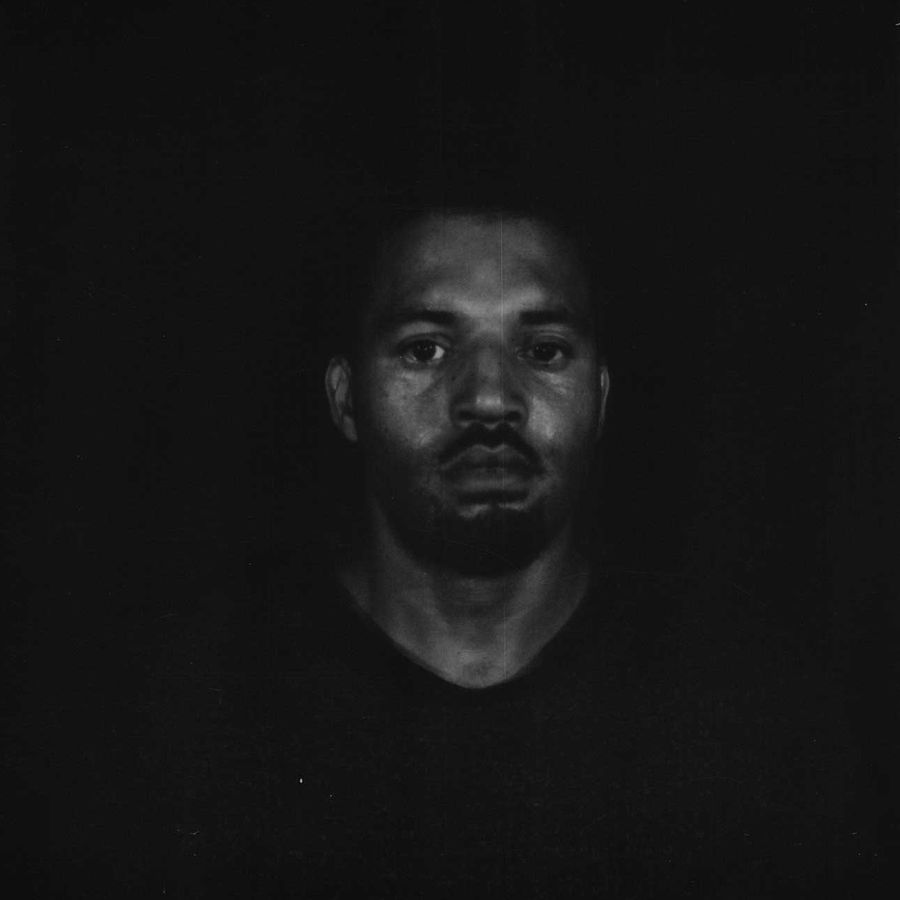
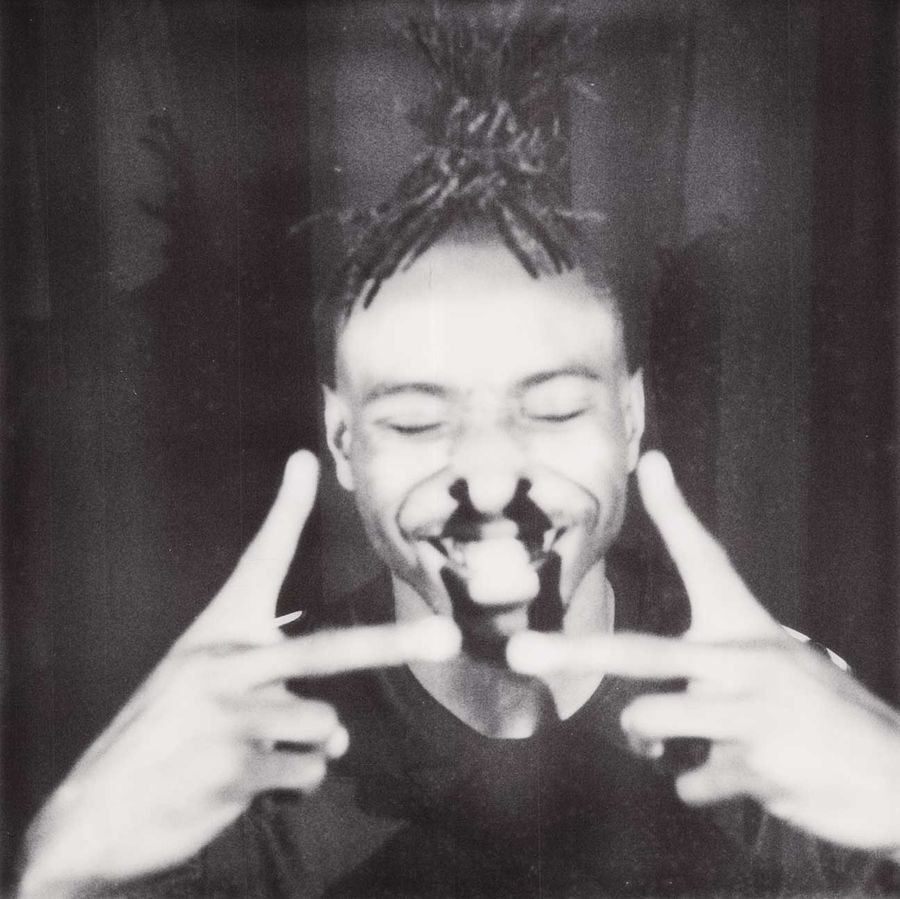

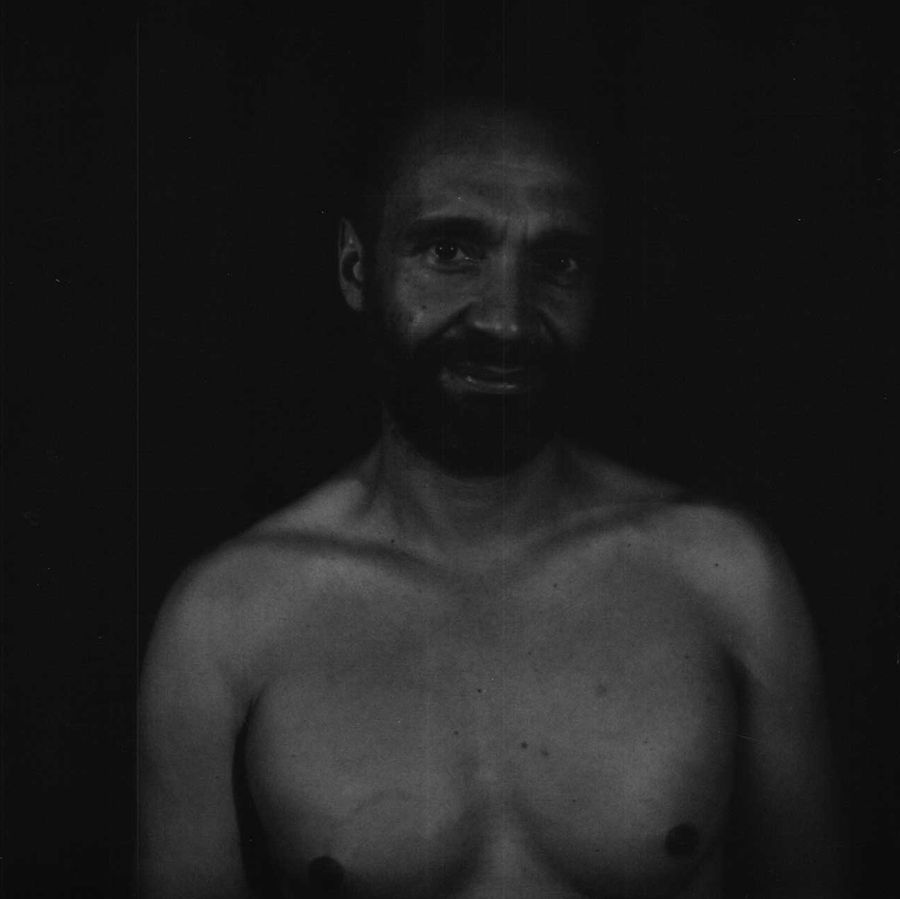
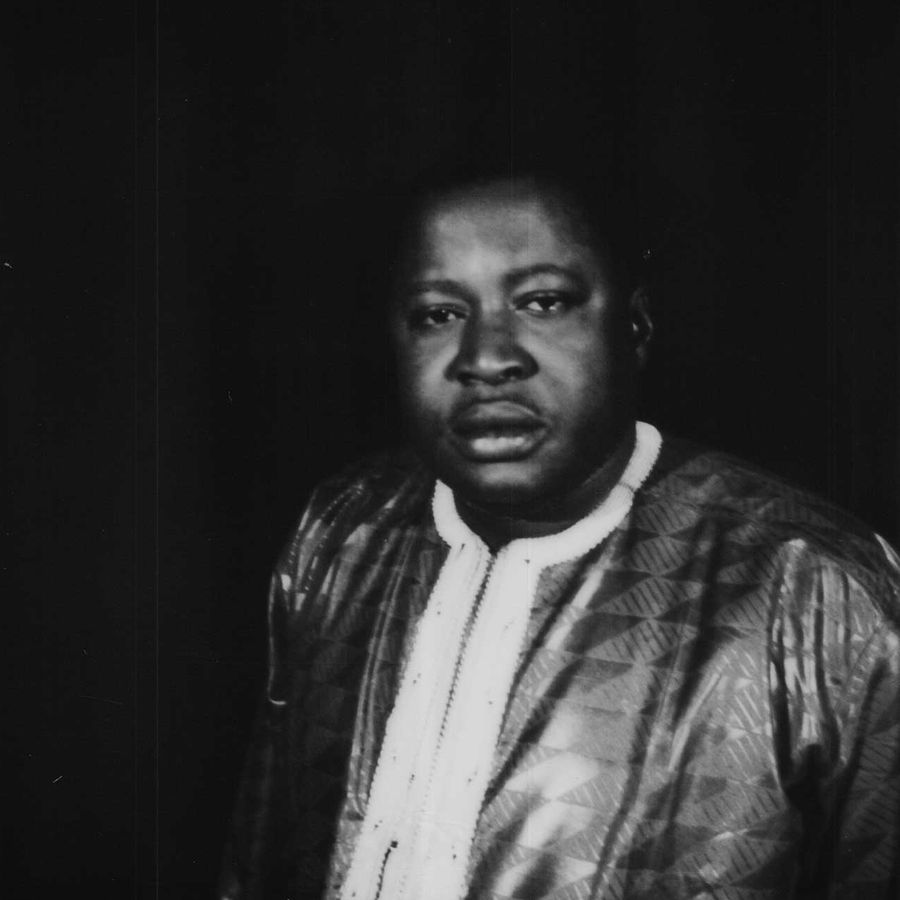
Credits
direction JUNIOR MTHOMBENI & MICHAEL DE COCK dramaturgy GERARDO SALINAS musical dramaturgy TOM SWAAK with VIANNEY ADRIAENS, KIREZI KALISA, DORA ALMELEH, MOHA AMAZIAN, PIERRE ANGANDA, ABEL BAECK, MARIOS BELLAS, JUSTINE BOURGEUS, IBRAHIMA CISSOKO, GALA DRAGOT, RAPHAËLE GREEN, AMINA IDDRISU , TONIC MENDI JACOBS, TOM KESTENS, ALIX KONADU, AYMARÁ PAROLA, EMMA POSMAN, ZACH SWAGGA, BAHAR TEMIZ, JUTTA TROCH set design STEF STESSEL light design DIMI STUYVEN costume design MARIE SZERSNOVICZ video design FRANCESC ISERN painting ELKE GIJSEMANS production manager CATHERINE VERVAECKE & ROBIN HECTORS stage manager CAROLINE WAGNER sound BRAM MORIAU light DIMI STUYVEN video THIBAUD DECOENE surtitling INGE FLORÉ costume workshop THEATRE DE LIEGE, CiLAB production KVS coproduction OPERA BALLET VLAANDEREN, DE MUNT / LA MONNAIE, THEATRE DE LIEGE, TNC, COMPAGNIE DU THEATRE NATIONAL DANIEL SORANO, MADAME FORTUNA, PERPODIUM with special thanks to THEATER ARSENAAL with the support of THE BELGIAN FEDERAL GOVERNMENT VIA CRONOS INVEST, THE EUROPEAN UNION (HORIZON 2020 PROGRAMME)




